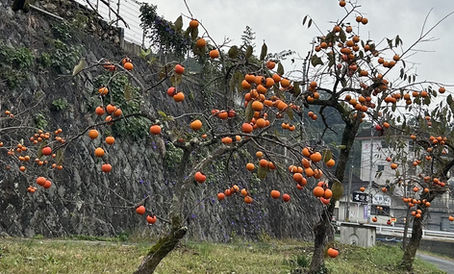The subtropical plant community on Aoshima Island is designated as a special natural monument.
- Masahisa Takaki

- Aug 12, 2022
- 1 min read
Updated: Aug 25, 2022
Located just south of the center of Miyazaki City, Aoshima Island is almost flat island with a circumference of about 1.5 kilometers, and is close to becoming a landlocked island. At low tide, a quaint sea bed called "The Giant's Washboards" appear around the island. This strange sea bed is made up of alternating layers of sandstone and mudstone, which have been eroded by waves after sinking, and then slightly rose to become exposed at low tide. In this area, ocean currents and strong tidal currents collide with each other, depositing the fragments of shells and sand onto the sea bed, resulting in the formation of Aoshima Island.
Aoshima Island has a large number of native plants, including 27 subtropical species, which form plant communities such as Chinese fan palm. These subtropical plant communities are the northernmost ones found in the Northern Hemisphere. For this reason, Aoshima Island's subtropical flora is designated as a special natural monument of Japan, which means one of the most valuable natural monuments of the country. Incidentally, the topography of Aoshina Island, including the Giant's Washboard, has been designated as a national natural monument.
Licensed tour guide, travel consultant,
Masahisa Takaki.
全国通訳案内士 高木聖久。









Comments